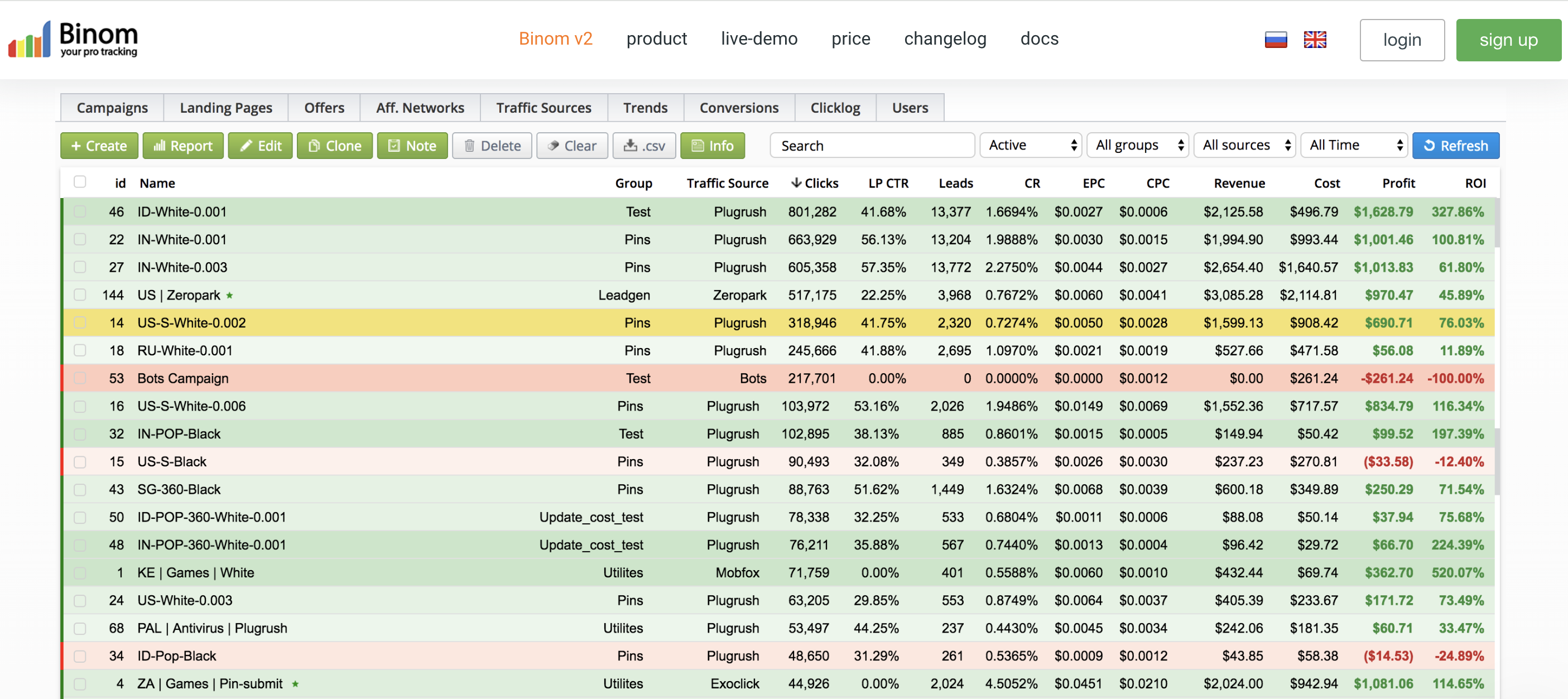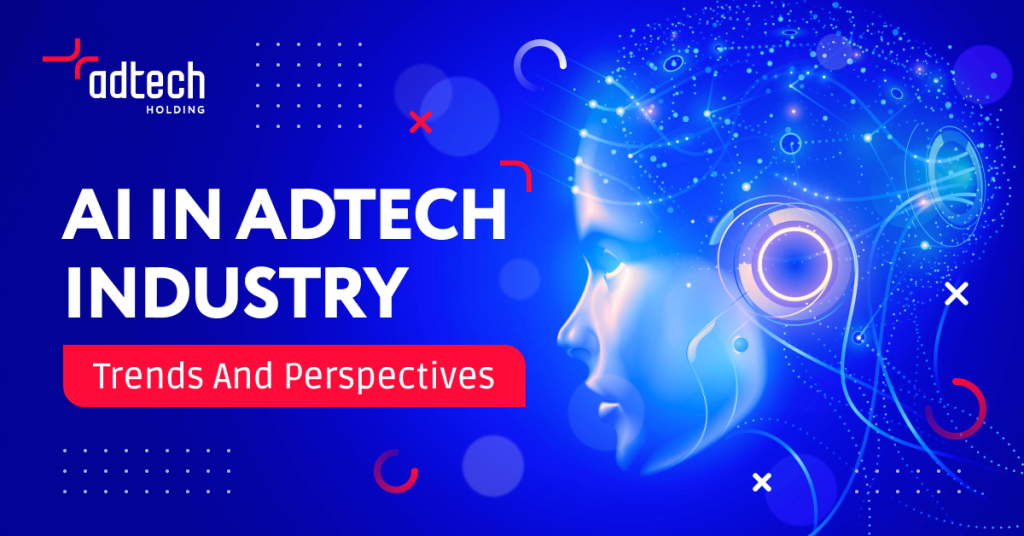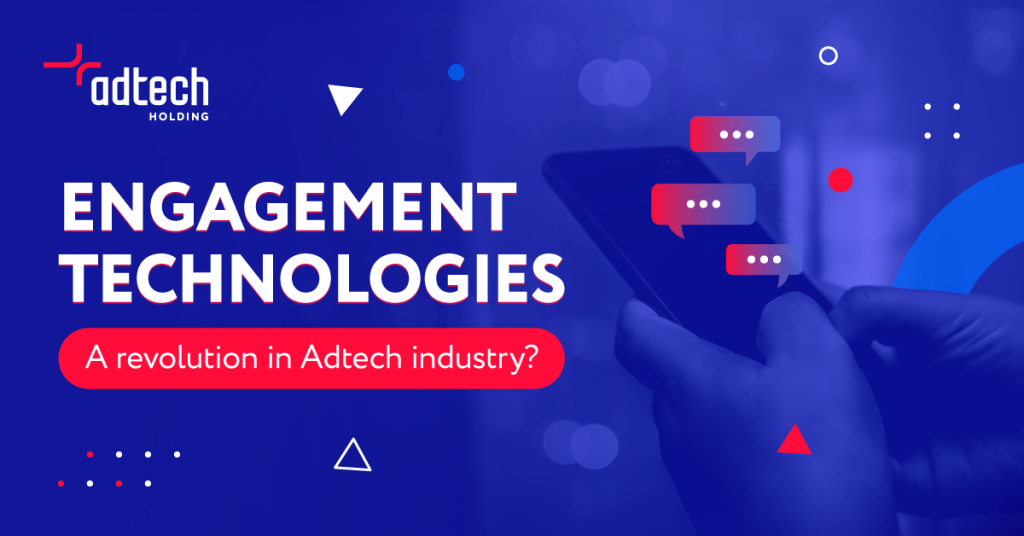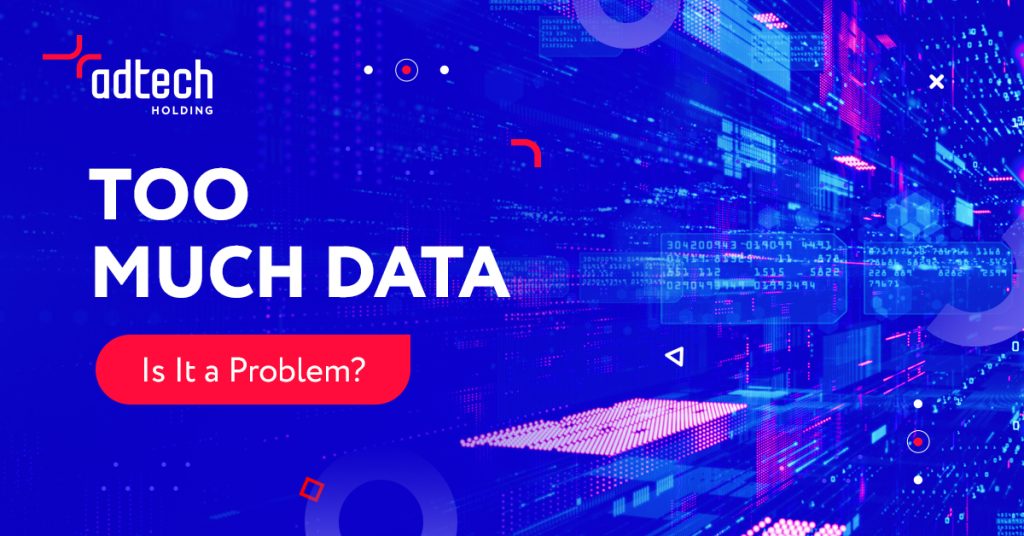How to Benefit from Ad Tech if You Are an Ad Agency?

To keep up with the crazy race of competition, modern ad agencies should become more tech-enabled and embrace what high technologies can offer. Ad tech (advertising technology) is a way to better ad performance through smart automation, optimization, and analysis.
However, what do they offer, and how exactly could agencies and brands benefit from that? Let’s see.
Defining terms: What is Ad tech?
Before we start diving into ad tech tools and software, let’s define what it is.
Ad tech (advertising technology) includes a pack of tools for various performance marketing purposes, like purchasing ad impressions, selecting and reaching required audiences, delivering ad campaigns, and measuring their effectiveness. The pack includes trading desks, supply-side platforms, demand-side platforms, ad servers, ad networks, etc.
In simple words, ad tech helps advertisers serve the right ads to the right audience, buy traffic for the best prices, optimize campaigns, and do more practices for better results and less effort. Two main features delivered by such a toolkit must be unification (you get a whole pack of them in one place) and automation.
Now, let’s see how exactly it works.
Multichannel efficiency
Multichannel digital marketing is when you rely on various channels to interact with customers. Say, you may rely on websites, email, mobile, social media, etc. For instance, Hubspot, a connected CRM platform where you can find software, integrations, and other resources to unite your marketing, sales, content management, and customer service all in one.
This is not only a great way to reach various audience segments that use different devices and browse diverse platforms. In addition to this obvious benefit, a multichannel approach helps you stay in touch with your audience if some of your marketing channels stop working for any reason. For example, you lose one (a social media platform applies restrictions to your account), but you still have five left, so you stay afloat. There’s no need to keep all the eggs in one basket.
Accurate audience targeting
For brands and ad agencies, precise and privacy-safe targeting is extremely important. Thus, a full-fledged ad tech arsenal must include tools for efficient audience targeting and segmentation concurrent with the best user safety practices.
Many ad agencies prefer to pay for advertising directly, without using additional platforms. In some cases, this might make sense, however, there is no guarantee that the target audience will see your ads. This is especially true for agencies that strive to scale and enter new markets – whenever you do so, setting targeting is really complicated. Working with new audiences entails a lot of risks and a long testing period, which is necessary to explore users’ needs. This way, agencies may lose time and money.
Ad tech solutions simplify the targeting process and ensure riskless advertising. Purchasing from reliable traffic sources with guaranteed traffic quality and strong anti-bot systems, one ensures safety, plus – gets access to various options and traffic types all in one.
Also, social platforms deliver strong instruments, which ensure precise targeting by users’ preferences and wide reach that goes beyond a single platform.
The most prominent AdTech Holding’s project with a clear focus on relevant and pure traffic is the PropellerAds platform. At PropellerAds, brands and agencies that strive for risk-free customization and maximal ad relevance can find features like Demographic and Interests Targeting or Campaign Audience Reach.
The first one allows to target users who have an interest in particular ad verticals (+ one may choose gender and age group). The latter uses machine-learning algorithms to choose traffic that fits the campaign goals, be it a fresh and high-intent audience, wide reach, or both.
Co-advertising solutions
Ad tech arsenal means that connected platforms can bring resources for better ad performance. Say, partnering with a CPA network and multisource traffic platform ensures you can buy enough relevant traffic for the presented offers.
Ad tech solutions allow brands and agencies to use various types of marketing, increasing chances of success. Say you can buy traffic for your brand within a single ecosystem of ad tech products or use affiliate marketing. Or both.
Tracking multiple campaigns simultaneously
Ad tech tools can give an ad agency a unified view of all active campaigns located on a single dashboard. Such an approach allows real-time tracking, smart decision-making strategies based on up-to-date and complete data, and, as a result, opportunities for well-thought-out optimization performed in a timely manner.
Trackers to consider
Voluum

Voluum is a well-known tracker that allows brands and agencies to deal with their campaigns’ data, evaluate performance, and find growth points. However, nobody will describe Voluum’s solution better than they do, so here is the comment of their team:
“Having a reliable tracking partner is essential for smart ad spend management. We’re proud to offer genuine assistance to those serious about scaling their business. With Voluum’s one-dashboard solution, you can monitor and calculate results from all paid channels and campaigns for numerous clients, maximizing efficiency every step of the way.”
Binom

Initially created as an ad tracker for solo advertisers, Binom can also serve ad agencies. It is a self-hosted tracking platform that allows you to build reports on your ads based on more than 20 metrics. It has landing page metrics to track user behavior, LP Pixel to remove unnecessary redirects and send traffic right to your landing page, event system to define any metrics on your page, and more.
AdsBridge

AdsBridge is another cloud-based tracking tool for marketing agencies and affiliates. Its best features include an anti-fraud system, real-time statistical reporting with more than 50 parameters, campaign auto-optimization, multi-user access, and more.
Launching and optimizing campaigns faster
Since ad tech is all about the automation of activities that once were manual, campaign launch and optimization are more processes to be simplified. Ad technologies can offer pre-made campaign templates, automate workflow, and select the most relevant audience based on data-driven conclusions.
Besides, leaving campaign optimization to sophisticated algorithms is key to the best solutions based on extensive campaign data. All the data about a campaign’s ups and downs can be gathered by the algorithms, the same as campaign settings could be optimized based on that information. Instead of bothering oneself with all of those activities, agencies can focus rather on inventing new creative strategies, while the algorithms will take care of the routine.
Say, PropellerAds has numerous machine-learning tools for campaign optimization, like the CPA Goal pricing model, Zones and Subzones management, Campaign Duplication, and more.
Integrations and APIs
Unified advertising reporting, especially for those agencies that rely on SaaS (Software as a Service), multiple reporting tools, and various marketing channels, is another time-saving tactic delivered by ad tech.
The modern ad agency is inundated with marketing channels, reporting tools, and SaaS platforms. Ensuring you have a centralized source for connectivity is going to be paramount as marketers seek to unify their advertising reporting.
Summing up
To sum up, let’s see which exact problems can be solved with ad tech tools:
- Not enough relevant traffic – the issue is solved by an opportunity to use various traffic sources and marketing types, including affiliate marketing, multi-channel approach, direct purchases, etc.
- Scaling and entering new markets – working with new audiences is risky and complicated, takes time, and a significant testing budget. Ad tech tools for precise targeting solve this issue by helping brands and agencies find the right audience by interests and demographics.
- Fraudulent traffic and low performance – ad tech toolkits usually include strong anti-fraud software, while traffic platforms usually have strict policies for their partners, doing their best to provide high-quality sources.
- Complicated campaign launch, management, and optimization – also solved by automating solutions, smart bidding models, and machine-learning tools that rely on data-driven decisions.
Ad agencies should consider getting a thought-out mix of united ad tech tools to automate workflow and reach new levels of ad performance. The obvious benefits of such an approach are efficient multi-channel marketing, easy optimization and bidding performed by advanced algorithms, data-driven decisions, more targeting, segmentation, and personalization opportunities.





